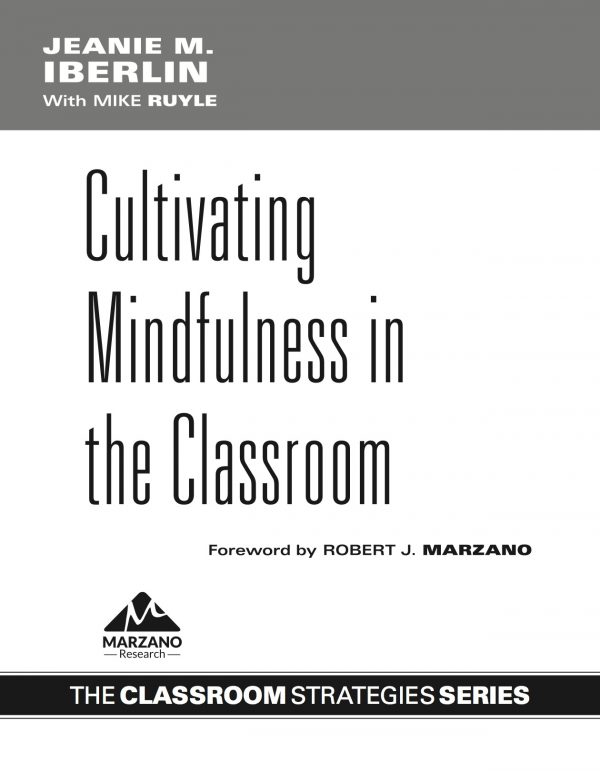Cultivating Mindfulness in the Classroom
$30.99 $7.75
This is a digital product.
Lifetime, High Quality, Printable.
Mindfulness is an effective, low-cost way for educators to help students improve their social and emotional wellness as they learn and grow. The authors share practical tools that align to the five key categories of mindfulness benefits—stress reduction, attention, emotional control, positive self-concept, and positive interactions—and offer a step-by-step process for establishing a formal school or classroom mindfulness program. Benefits: Recognize what mindfulness is and is not, in order to use mindfulness practices in the classroom, so that students know how to cope with their emotions. Consider research that presents the benefits of mindfulness practices, to help students focus their brains for extended periods of time and increase their emotional intelligence. Get student-friendly definitions of mindfulness terms, to make students more mindful of their emotions and ultimately foster better classroom cultures and higher student achievement. Answer chapter-ending comprehension questions and compare your answers to those provided in an appendix, to examine your understanding of mindfulness.Contents Chapter1: Research and Theory Chapter2: Stress Reduction Chapter3: Attention Chapter4: Emotional Control Chapter5: Positive Self-Concept Chapter6: Positive Interactions Chapter7: Steps for Implementing Mindfulness in Your Classroom or School Epilogue Appendix A: Answers to Comprehension Questions Appendix B: Noteworthy Books, Programs, and Resources References and Resources
Additional ISBNs: 9781943360093, 194336009X, 9781943360109, 1943360103
Q & A
Ask a question
Your question will be answered by a store representative or other customers.
This site is protected by reCAPTCHA and the Google Privacy Policy and Terms of Service apply.
Thank you for the question!
Your question has been received and will be answered soon. Please do not submit the same question again.
Error
An error occurred when saving your question. Please report it to the website administrator. Additional information:
Add an answer
This site is protected by reCAPTCHA and the Google Privacy Policy and Terms of Service apply.
Thank you for the answer!
Your answer has been received and will be published soon. Please do not submit the same answer again.
Error
An error occurred when saving your answer. Please report it to the website administrator. Additional information:
File formart download: PDF or EPUB. (You will receive a download link for the file in one of two formats: PDF or EPUB.)
Enter your Email correctly. Download link is sent to your Email.
Related products
Education
Education
Education
Education
Education
Education
Computers & Technology
Education















Reviews
There are no reviews yet